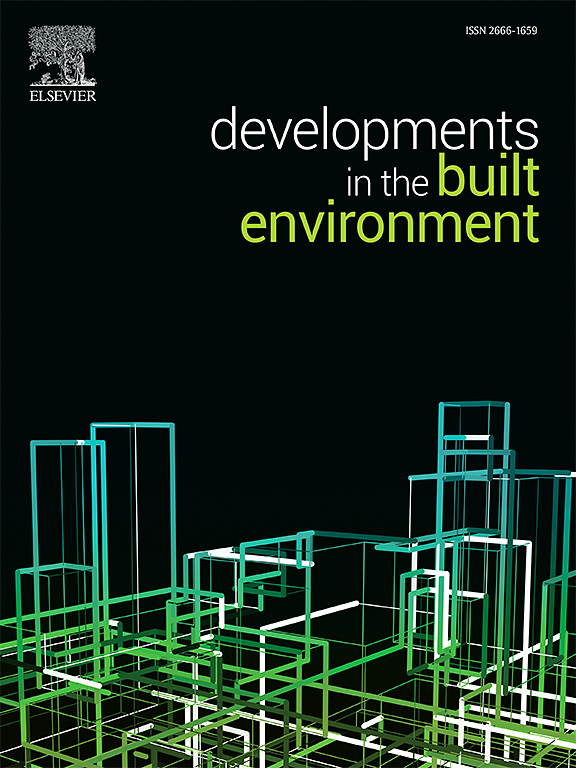AE monitoring of crack evolution on UHPC deck layer of a long-span cable-stayed bridge
IF 6.2
2区 工程技术
Q1 CONSTRUCTION & BUILDING TECHNOLOGY
引用次数: 0
Abstract
The UHPC deck layer may be susceptible to cracking during construction, raising concerns for bridge engineering utilizing this advanced material. Addressing the issue of drying shrinkage cracking observed on the UHPC deck layer of a cable-stayed bridge, a real-time investigation into crack evolution was conducted. This study employed acoustic emission (AE) technique with in-situ data processing, focusing on AE time series analysis. Additionally, triangulation techniques were utilized to determine the AE source positions of active cracks. The results showed continuous crack evolution on the UHPC deck layer, mainly due to construction vehicles, with two major instances of crack propagation and arrest. AE signals correlated with measured crack propagation, with two major AE events matching recorded crack jumps. Later AE sources indicated a step-by-step crack tip advancement. This paper underscores the effectiveness of the AE technique for crack identification and real-time monitoring of in-service bridges.
某大跨度斜拉桥UHPC桥面层裂缝演化的声发射监测
UHPC桥面层在施工过程中可能容易开裂,这引起了使用这种先进材料的桥梁工程的关注。针对某斜拉桥UHPC桥面层干燥收缩开裂问题,对裂缝演化过程进行了实时研究。本研究采用声发射技术对现场数据进行处理,重点进行声发射时间序列分析。此外,利用三角测量技术确定了活动裂缝的声发射源位置。结果表明:UHPC桥面层裂缝持续演化,主要受施工车辆的影响,裂缝扩展和止裂两个主要阶段;声发射信号与测量的裂纹扩展相关,两个主要的声发射事件与记录的裂纹跳跃相匹配。后来的声发射来源表明,裂纹尖端逐步发展。本文强调了声发射技术在现役桥梁裂缝识别和实时监测中的有效性。
本文章由计算机程序翻译,如有差异,请以英文原文为准。
求助全文
约1分钟内获得全文
求助全文
来源期刊

Developments in the Built Environment
Multiple-
CiteScore
7.40
自引率
1.20%
发文量
31
审稿时长
22 days
期刊介绍:
Developments in the Built Environment (DIBE) is a recently established peer-reviewed gold open access journal, ensuring that all accepted articles are permanently and freely accessible. Focused on civil engineering and the built environment, DIBE publishes original papers and short communications. Encompassing topics such as construction materials and building sustainability, the journal adopts a holistic approach with the aim of benefiting the community.
 求助内容:
求助内容: 应助结果提醒方式:
应助结果提醒方式:


